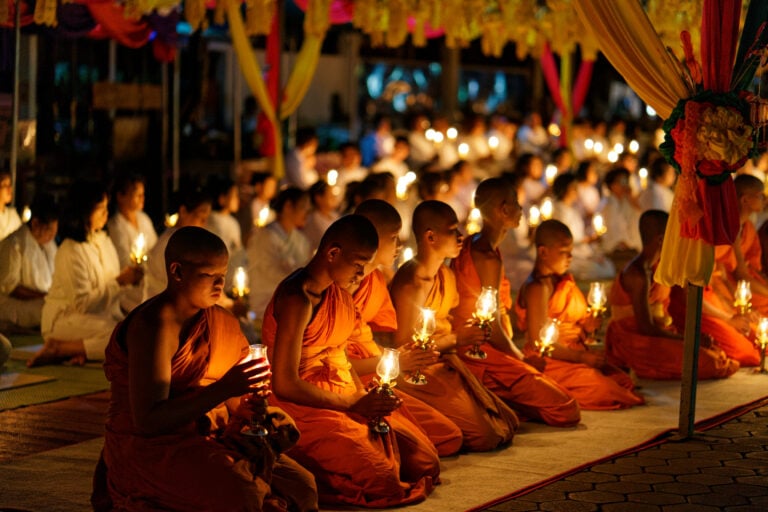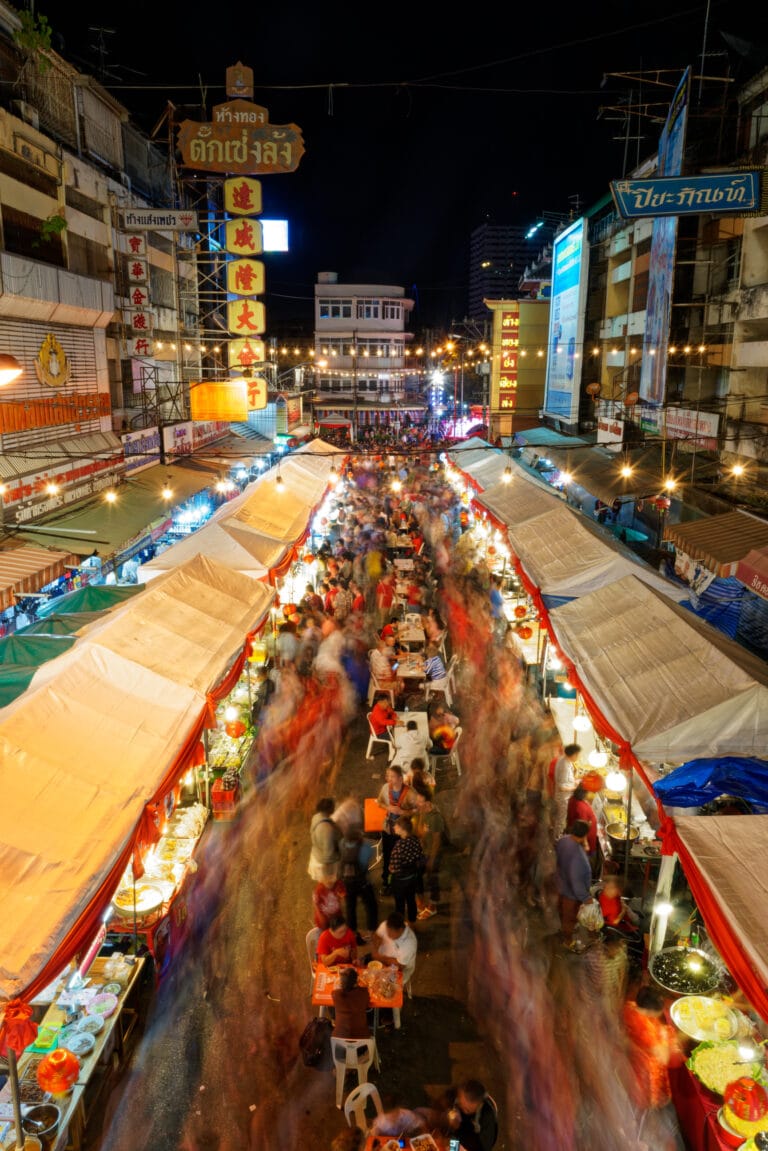Developing a Photographer's Eye

There is a difference between understanding the technical aspects of photography and having a photographer’s eye. Understanding of theory and technical knowledge doesn’t necessarily translate to being a good photographer. Having an eye for photos can be more important than both your technical knowledge and your camera. Sure, it’s important to understand your equipment and have an understanding of photography. However, if you are incapable of seeing photos then how will you apply that knowledge?
What is a Photographer's Eye
In essence, having an eye for photography is the ability to see a photograph or the potential for a photograph, where others may not. It’s how the photographer mentally creates a photo in his or her mind prior to taking it. Of course, after the photo is taken and post-processing is complete there could be a difference between the original vision and intent when compared to the final results.
In other words, a photographer’s eye refers to the photographer’s artistic vision – realized through composition and design. The elements of design that make up artistic vision include: line, shape, form, texture, pattern, and color. These all play a significant role in composition. For a brief overview of composition check out my post on the Elements of Captivating Photos.
Nature vs. Nurture
At some point, you might have heard someone say a person has an “eye” for photography. Maybe you’ve even heard a statement about a “natural eye for photography.” Or at least something along those lines. Having a “natural eye” for photography tends to suggest that a person has an innate skill that is independent from formal or informal training.
However, I’m not particularly fond of how these terms are used because it somewhat insinuates that it’s something you either have or don’t have. While this is partially true, it ignores the fact that in all likelihood a photographer’s eye is developed in some way or another. This is similar to other learned behaviors or skills.
I’m not saying it’s not possible to have pure natural talent. I have literally no science backing my claims here. Nonetheless, I would argue that informal training, such as varied life experiences and personal development, contribute to development of a photographer’s eye. We then assume or mistaken this as being purely “natural.” My point is that I believe most, if not all, “natural” photographers’ eyes are developed and are not actually innate. Therefore, everyone has the capacity to develop their eye and “see” photographs. Some of us just have to work a bit harder perhaps…
Everything has beauty, but not everyone sees it.
– Confucious
Exercises to Develop Your Eye
There are several ways to work on developing your eye. Although these exercises/activities can help, it boils down to practice. Thanks to digital cameras the cost of film is no longer an issue, which opens us to more experimenting and practice. The more practice you get the more you will develop a natural instinct of seeing photos.
Photo Analysis
Here is one simple technique that doesn’t require use of your camera. Simply look online, in magazines or wherever else you can find photos that catch your eye. Look for shots you like. This could be the subject matter or the style.
As you may know by now, I’m a fan of questions. Run through some of the standard question words. What? When? Where? Why? How? Ask yourself questions about the photos you find. Think about what is it in the photo that catches your eye. Here are some suggestions:
- Where are the subjects placed within the frame of the shot?
- How does your eye move through the photo? Do you follow lines or objects, which lead to subjects?
- Why were subjects placed where they were?
- What is the first thing you noticed? Second? And So forth...
- What do you think the photographer’s intent was and how was it accomplished?
- How did the placement of subjects, lighting, empty space, etc. effect the image?
- When was this photo taken? How does it influence the shot?
- What does the photo make me feel? How was this accomplished? What techniques did the photographer use?
The more photos you see the more it will support the development of your own eye and eventually your own style. You also can’t just look. In order to get the most out of this, it’s necessary to actually see the design and elements within the photo. You may react to a photo without knowing why and in many cases this is the result of a good photo – one that speaks to the audience immediately through use of composition and design. Nonetheless, a quick analysis can be helpful for learning to see and developing your eye.
Nobody is born with a style or a voice. We don’t come out of the womb knowing who we are. In the beginning, we learn by pretending to be our heroes. We learn by copying.
– Austin Kleon

Photo Walk Exercises
If you spent enough time indoors thanks to COVID then head out to the streets. I almost always have a camera with me, or at least my phone, just in case I come across something I what to shoot. However, in this case we want to be very specific with our intent, which is focusing on improving our photographer’s eye. Also, keep in mind that you don’t need your camera for these exercises. Just walking to school, work, or wherever, you can and should learn to look around and see photos.
Here are a few types of photo walks for you to try.
A Simple Walk
Option A: Simply take a walk and look for things that catch your eye. Once you see something, stop and think about it for a bit. Run through similar questions as suggested in the photo analysis exercise. Now, take photos. Consider taking several photos and in different ways. Also, take your questions and the answers into consideration. These can influence how you see a photo and your style.
If the subject is moving and you don’t have time to go over your questions first, of course take the shots, and then retroactively go over the questions.
Option B: Once you’ve had a bit more practice consider taking the photo first. Just as you would with the moving subject. Then go back and see your shot as you go over the questions. See if you were able to capture the photo you intended to get. If not, try again.
A More Restricted Walk
Option A: This photo walk suggestion is just a slight variation from the one above. Since it is a bit more restrictive, it can really force you to be creative.
Give yourself some sort of limitation in movement. How you determine this is up to you. You could walk for 1 km. You could walk for 5 min. Or 300 steps. Whatever you decide. However, once you hit that established number. Stop where you are. Maybe give yourself a 1-2 meter radius to look and move around. This will force you to not only be creative but learn to see shots out of “nothing”. Find some things around you to shoot. Test out angles and positions to shoot from. But again, consider asking yourself questions to understand what you are seeing and why you are shooting in this way. Don’t worry not all these shots will be keepers, this is more about practice than getting an award winning shot.
Option B: You can modify the above exercise by also limiting your lens. Use a prime lens rather than a zoom lens. Move closer and farther away from your subject while still staying within the 1-2 meter radius of your stopping point. If you only have a zoom lens, you can decide on using a single focal length, 35 or 50mm are a couple suggestions.
Final Word
These exercises won’t inherently develop your ability to see photos. They won’t magically give you a “photographer’s eye.” In some ways seeing a photo is almost like feeling a photo.
Regardless of how you work on developing your eye and what comes from it in the end, always remember:
Take photos that are true to you. They should be representations of how you see things, how you see the world. If you do find inspiration from the work of others that is great. Let that inspiration guide you, but don’t compare your work or success in any measure to that of others, beyond the intention of inspiration and motivation.
What to copy is a bit trickier. Don’t just steal the style, steal the thinking behind the style. You don’t want to look like your heroes, you want to see like your heroes.
– Austin Kleon
If you’d like to share some shots from the exercises, or any other photos, tag me on Instagram, @ted_stanton_photography, along with your photos.
Also, check out my free ebook, 5 Unique Photo Challenges, for some inspiration while you work on your photographer’s eye. Sign up for the Photography Insight Journal using the form at the bottom of the page to receive the link to download a copy.
Fine introduction and exercises.
Are there physical tools that can help develop a photographer’s eye?
I have seen pictures of movie directors walking around with a lens they hold up to their eye from time to time to visualize what a film scene would like like.
Do similar tools exist for still photographers?
Or is the frame in the camera enough?
There are somethings you can use for framing your shot. You could make a cardboard or paper cutout to have a physical frame to help you visual a shot. Or go with the thumbs and pointer fingers framing technique.
Those are more for helping compose your shot. It can be helpful since it blocks out of extra information, allowing you to focus more specifically on what’s inside your frame. However, these are still more of a composition tool. Although composition certainly plays a role in seeing photos before taking them,
I would just look through the camera, if you have it with you, rather than worry about buying extra stuff.
Furthermore, I think it’s important to learn to see in general. Beyond the camera and beyond photography. It easy to get sucked in and stuck behind the lens. Missing a lot of information. Once you learn to observe and see, learn to really take in information, it’s much easier to apply to photography.
I’ll get more into this next post since snipers heavily depend on observation skills.